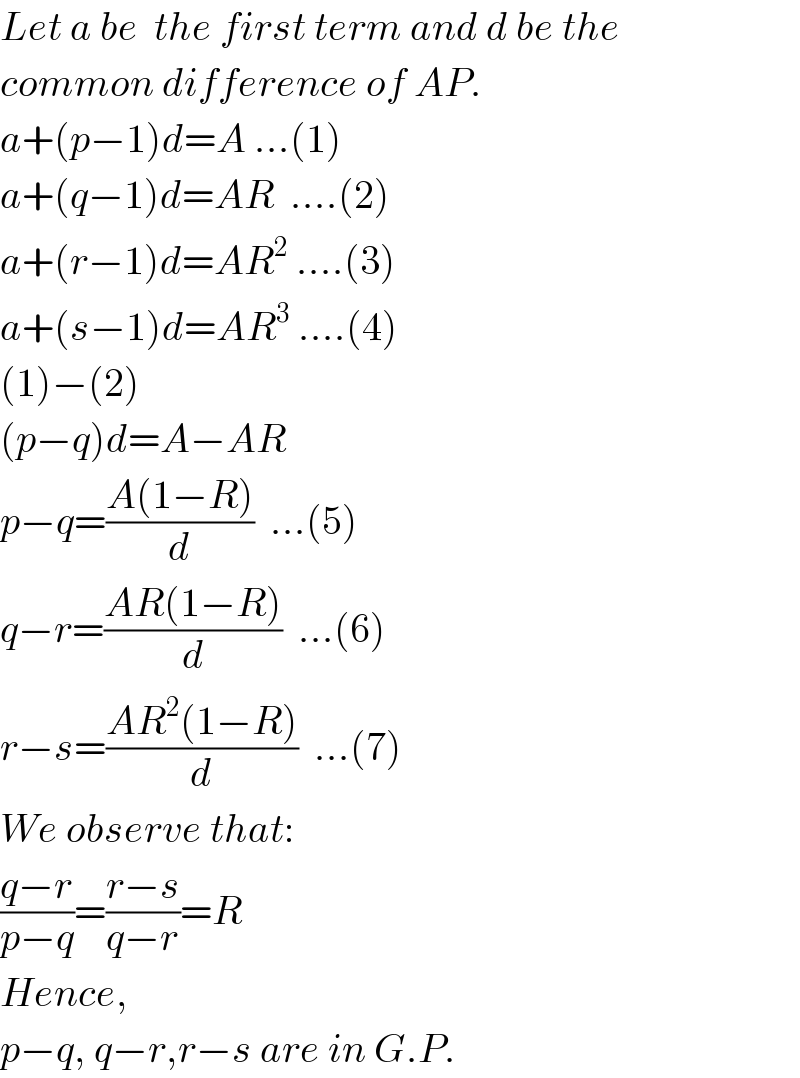
Question and Answers Forum
Question Number 68775 by rajesh4661kumar@gmail.com last updated on 15/Sep/19

Answered by $@ty@m123 last updated on 15/Sep/19

Commented by peter frank last updated on 15/Sep/19

| ||
Question and Answers Forum | ||
Question Number 68775 by rajesh4661kumar@gmail.com last updated on 15/Sep/19 | ||
 | ||
Answered by $@ty@m123 last updated on 15/Sep/19 | ||
 | ||
| ||
Commented by peter frank last updated on 15/Sep/19 | ||
 | ||